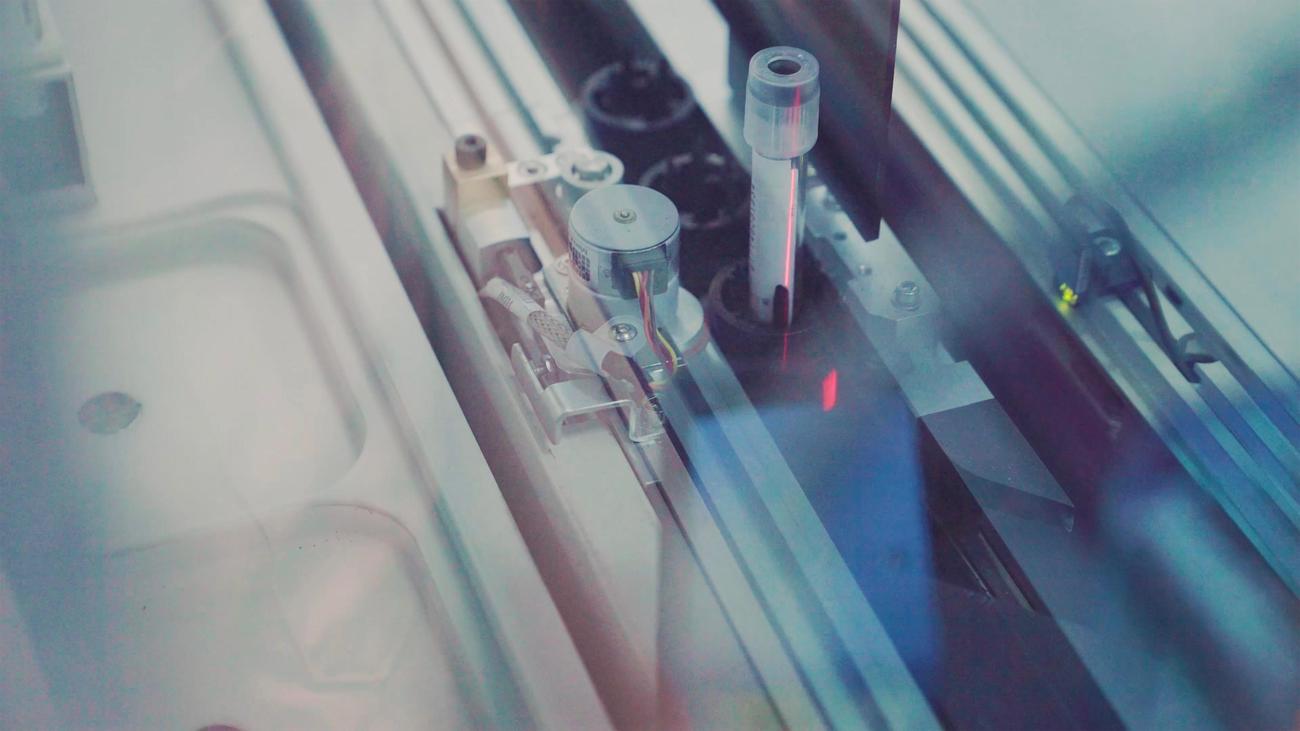Are you ready to dive into the world of groundbreaking ultrasound technology? Brace yourself for an enthralling journey as we explore the realm of fascinating advancements that are revolutionizing healthcare. In this article, we will unravel the impressive potential of ultrasound technology to transform the way we diagnose and image, ultimately paving the way for a new era in patient care. Get ready to be captivated by the incredible possibilities that lie within the realm of ultrasound innovation. Let’s embark on this intriguing expedition together!

Fascinating Advancements in Ultrasound Technology
Ultrasound technology has come a long way in revolutionizing healthcare diagnostics and imaging. With fascinating advancements being made in this field, medical professionals can now explore new possibilities and provide more accurate diagnoses. Let’s delve into some of the latest developments that have the potential to reshape the future of patient care.
One remarkable advancement in ultrasound technology is the introduction of 2nd generation HD LIVE STUDIO by Fetal Vision Imaging. This cutting-edge technology provides high-definition 3D/4D ultrasound imaging, offering a level of detail and clarity that was once unimaginable. Gone are the days of pixelated and unclear images; the latest ultrasound technology allows medical practitioners to obtain a comprehensive view of organs, tissues, and even fetal development with astonishing precision.
Furthermore, advances in electronics and computing have greatly expanded the applications of ultrasound. The fusion of technology and medicine has paved the way for new imaging techniques such as elastography, multiparametric imaging, and superresolution imaging. These exciting advancements hold immense potential to enhance the diagnostic power of ultrasound, enabling healthcare professionals to identify subtle changes in tissues and detect abnormalities with greater accuracy.
Ultrasound’s utility in various medical procedures has been greatly enhanced by the development of ultrafast motion tracking techniques. This innovation has proven invaluable in applications such as Doppler imaging and elastography. Through ultrafast motion tracking, medical practitioners can track blood flow, analyze tissue elasticity, and provide real-time insights for more effective diagnosis and treatment.
Another area of advancement lies in vascular ultrasound imaging. Technologies like three-dimensional ultrasound (3DUS) and contrast-enhanced ultrasound have revolutionized the way we visualize and understand the intricate details of blood vessels. Three-dimensional ultrasound provides a more comprehensive view of vascular structures, allowing for better assessment and planning in surgical procedures. On the other hand, contrast-enhanced ultrasound utilizes injected contrast agents to visualize blood flow, aiding in the detection and characterization of vascular pathologies.
The evolution of ultrasound technology from a cumbersome gantry system to a high-resolution imaging modality has transformed the medical landscape. The continued advancements in ultrasonic technologies have brought about greater flexibility and utility in medical diagnostics. With improved image quality and enhanced capabilities, ultrasound has become an essential tool for guiding interventions, monitoring vital functions, and diagnosing a wide range of medical conditions.
The integration of artificial intelligence into ultrasound imaging represents yet another fascinating advancement. By harnessing the power of machine learning, AI-assisted ultrasound technology enhances image quality, improves diagnostic accuracy, and reduces human error. Through automated image analysis and pattern recognition, AI algorithms can detect abnormalities and assist healthcare professionals in making more informed decisions.
In conclusion, the field of ultrasound technology is continuously evolving, bringing forth fascinating advancements that are revolutionizing healthcare. From high-definition imaging to the integration of artificial intelligence, these innovations have the potential to redefine diagnostics and improve patient care. As medical practitioners embrace these cutting-edge technologies, they gain access to a new world of possibilities that enable faster, more accurate diagnoses and ultimately lead to better health outcomes for patients.
“The fusion of technology and medicine has unlocked a new era in ultrasound imaging, empowering healthcare professionals with unprecedented clarity and precision.”
Ultrasound sonography is a captivating field that unveils a world of hidden wonders. Ever wondered what lies beneath the surface? Discover the most mesmerizing and intriguing facts about ultrasound sonography. From its humble beginnings to its cutting-edge advancements, this unique medical imaging technique has revolutionized the way we see inside the human body. Curious minds are invited to delve into the fascinating realm of ultrasound sonography by clicking here: interesting facts about ultrasound sonography. You won’t believe your eyes!

FAQ
Question 1
What is 2nd generation HD LIVE STUDIO technology in ultrasound imaging?
Answer 1
2nd generation HD LIVE STUDIO technology is a cutting-edge ultrasound imaging technology offered by Fetal Vision Imaging. It provides high-definition 3D/4D ultrasound imaging, offering more detailed and clear images compared to pixelated images of the past.
Question 2
How have advances in electronics and computing revolutionized ultrasound practice?
Answer 2
Advances in electronics and computing have revolutionized ultrasound practice by expanding its applications. These advancements have led to the development of new imaging techniques such as elastography, multiparametric imaging, and superresolution imaging, which have the potential to improve the diagnostic power of ultrasound.
Question 3
What are the benefits of ultrafast motion tracking using ultrasound?
Answer 3
Ultrafast motion tracking using ultrasound has been beneficial in various applications such as Doppler imaging and elastography. It allows for precise tracking of motion within the body, providing valuable insights into physiological processes and improving diagnostic accuracy.
Question 4
What are some recent advancements in vascular ultrasound imaging technology?
Answer 4
Recent advancements in vascular ultrasound imaging technology include three-dimensional ultrasound (3DUS) and contrast-enhanced ultrasound. These technologies enhance the visualization and characterization of blood vessels, aiding in the diagnosis and treatment of vascular conditions.
Question 5
How has ultrasound technology evolved over time?
Answer 5
Ultrasound technology has evolved from a cumbersome gantry system to a high-resolution imaging modality. The continued evolution of ultrasonic technologies has contributed to the flexibility and utility of ultrasound in medical diagnostics. Additionally, the integration of artificial intelligence has further enhanced the capabilities of ultrasound imaging, leading to improved patient care.












